 Holly Quinton is a graduate of Glasgow School Of Art in Illustration and a General Practitioner with a strong interest in anatomy and medical education/public engagement. Examples of animated sculpture drawing and drawing can be found on Twitter: @DrHollyQuinton
Holly Quinton is a graduate of Glasgow School Of Art in Illustration and a General Practitioner with a strong interest in anatomy and medical education/public engagement. Examples of animated sculpture drawing and drawing can be found on Twitter: @DrHollyQuinton
Our lectures in medical school use lots of images, cartoons, animations, and demonstration models, and we are already used to a little drawing – pointing to the anatomical posters in our rooms, the “clock test” for inattention post-stroke and the interlocking pentagons during dementia screening. The lung fields often marked with crosses or musical notes communicate findings between physicians.
I use metaphor and drawing in consultations to improve understanding, compliance and rapport – especially with patients with dementia and learning disability. This is a natural vehicle for me as I went to art school and have been trained in translating complex ideas into imagery. I’ve often found myself drawing a uterus and, in showing the spiral arteries as a live drawing and not a static image; the drawing follows the conversation -it’s more accessible somehow. The colour of the pen I use, the lines, the marks, can communicate a complex medical concept in a straightforward manner. Of course none of this is new – there is a long tradition of art in medicine but often these are oils, as framed pieces from outside the consulting room, looking in; encapsulating the teaching of students by an eminent doctor or the plight of the afflicted.
I use metaphor and drawing in consultations to improve understanding, compliance and rapport.
I often draw ENT problems, heart failure, diabetes, initiating anticoagulation and bladder prostate or gynaecological structures or disease processes. I’m currently collecting the drawings I make. Interestingly some of the sketches stop ‘mid drawing’ as there is no need to continue. The image has served it’s purpose: to fill a small gap of knowledge or to reinforce a health education point.
The use of material can have an impact; using a red felt marker to draw blood has a different feeling to using a soft pastel. Here the visual language is different and sometimes this can be tailored to communicate the desired health message more effectively. Size and scale are often helpful using a visual cue or scaling the drawing with explanation. The patient can contribute; passing the pen to the patient to mark where they feel something or to show how pain feels can be very revealing.
I’ve used drawing when compliance with diabetic medication was poor. Some of the medical explanations I used with other patients just didn’t seem to be absorbed. Checking understanding revealed little is any knowledge of the very basic pharmacology, the flow chart didn’t help much either. I changed my approach and used an analogy- drawing a cartoon of a chemical messaging as a text message to the pancreas. This worked. Through discussion of terminology familiar to my patient and using funny imagery which made them laugh, this time the information ‘chunk and check’ was successful. A sulphonylurea had been understood in its mechanism and, the patients HBA1c was improved at the next check.
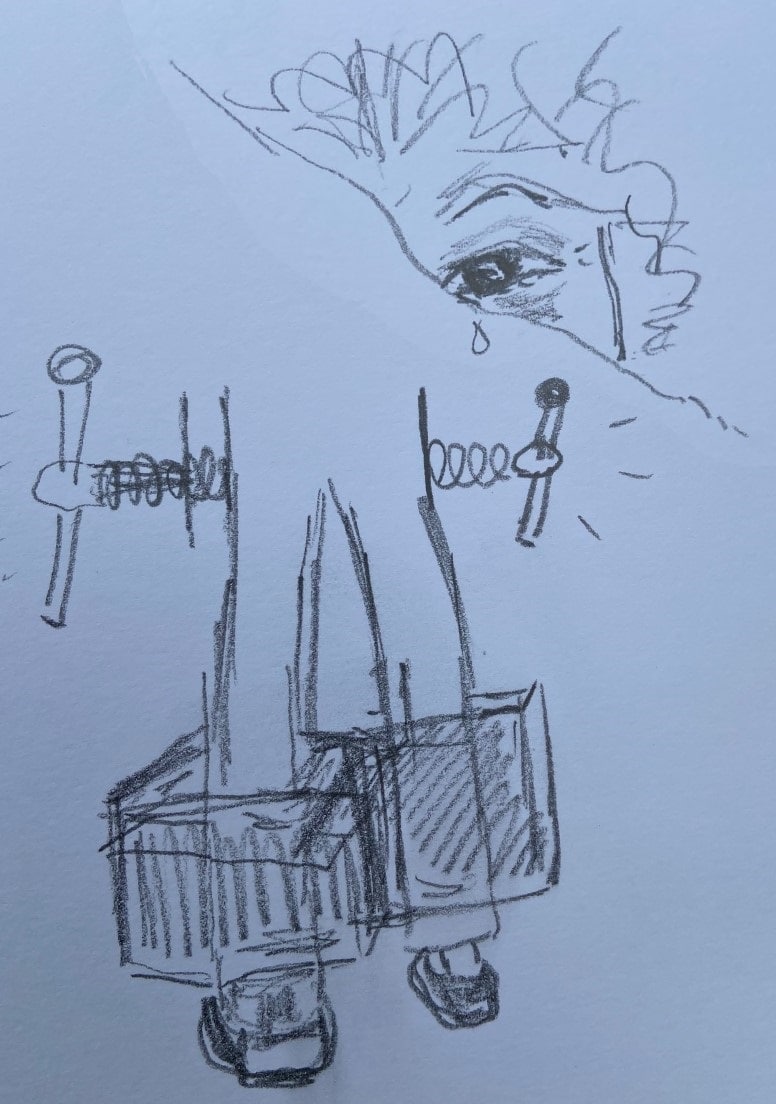
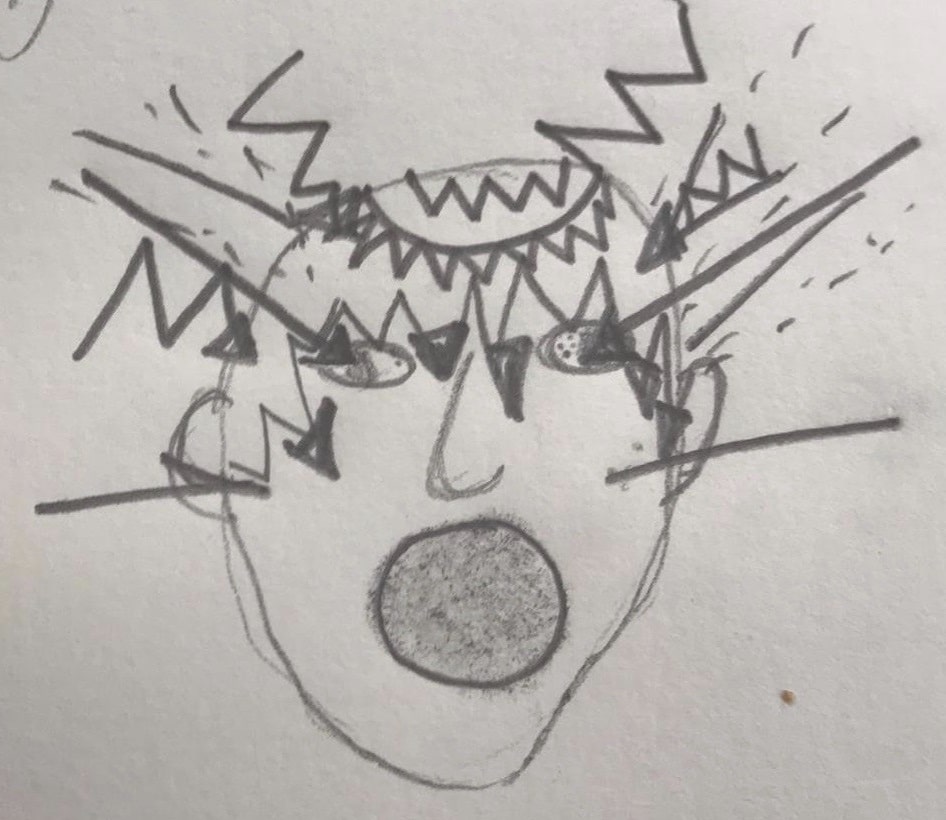 Some of my patients draw something for me to describe their experience and bring it along or email it. This can be invaluable to the diagnosis or the GP checking understanding, logging and diarising or explaining. These drawings (click image to enlarge) show the feeling of pain in end stage OA (left) and a headache from a person who has cluster and migrainous headache (right).
Some of my patients draw something for me to describe their experience and bring it along or email it. This can be invaluable to the diagnosis or the GP checking understanding, logging and diarising or explaining. These drawings (click image to enlarge) show the feeling of pain in end stage OA (left) and a headache from a person who has cluster and migrainous headache (right).
But “I can’t draw” is something that echoes when I talk about this. Yes, its a skill and I think we should be teaching it more in medical schools but a masterpiece is not required. It’s possible to hone skills and it’s worth it because they can be jewels of conveyance, sometimes reaching levels of understanding and description beyond the use of words.
Top image by Holly Quinton. Patient drawings published with patients’ consent.

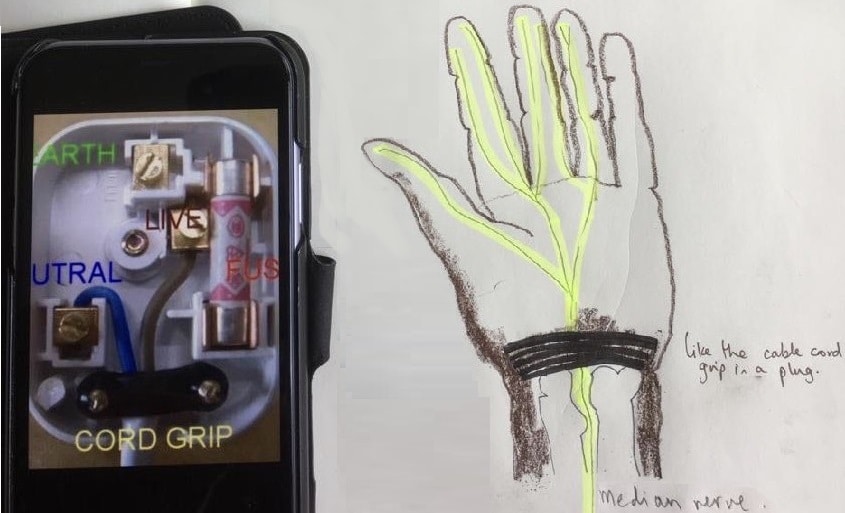



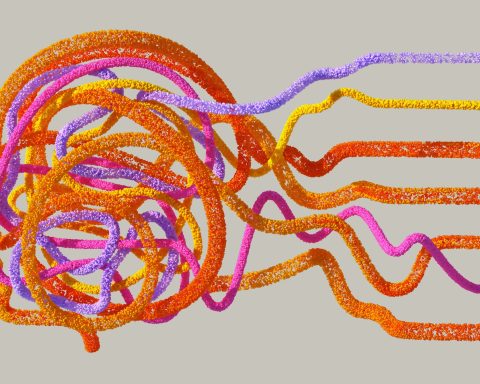
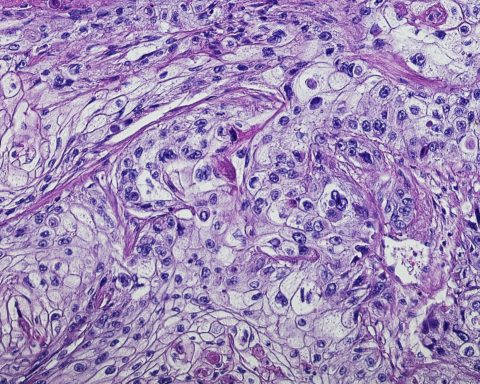
Thank you for this innovative idea!